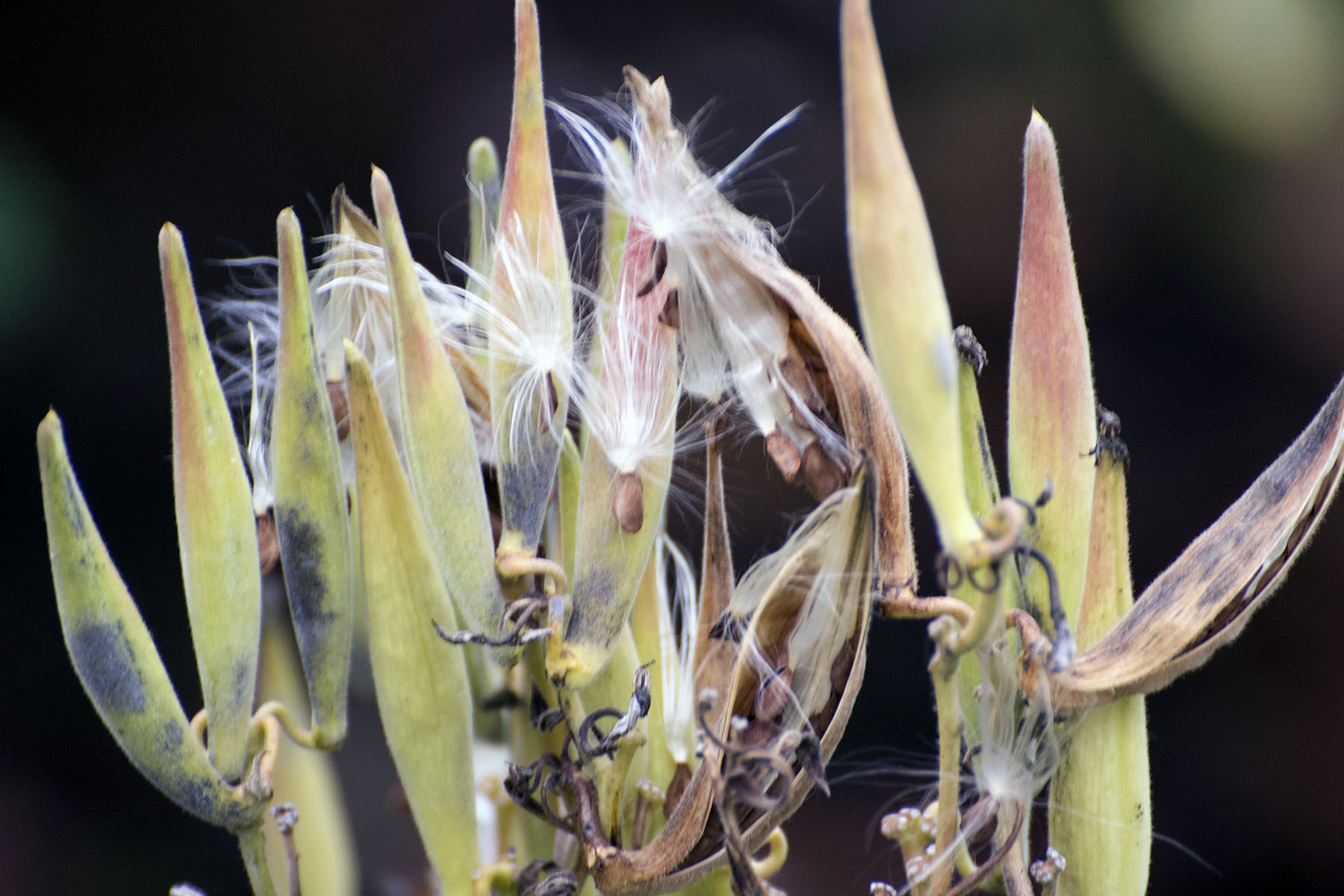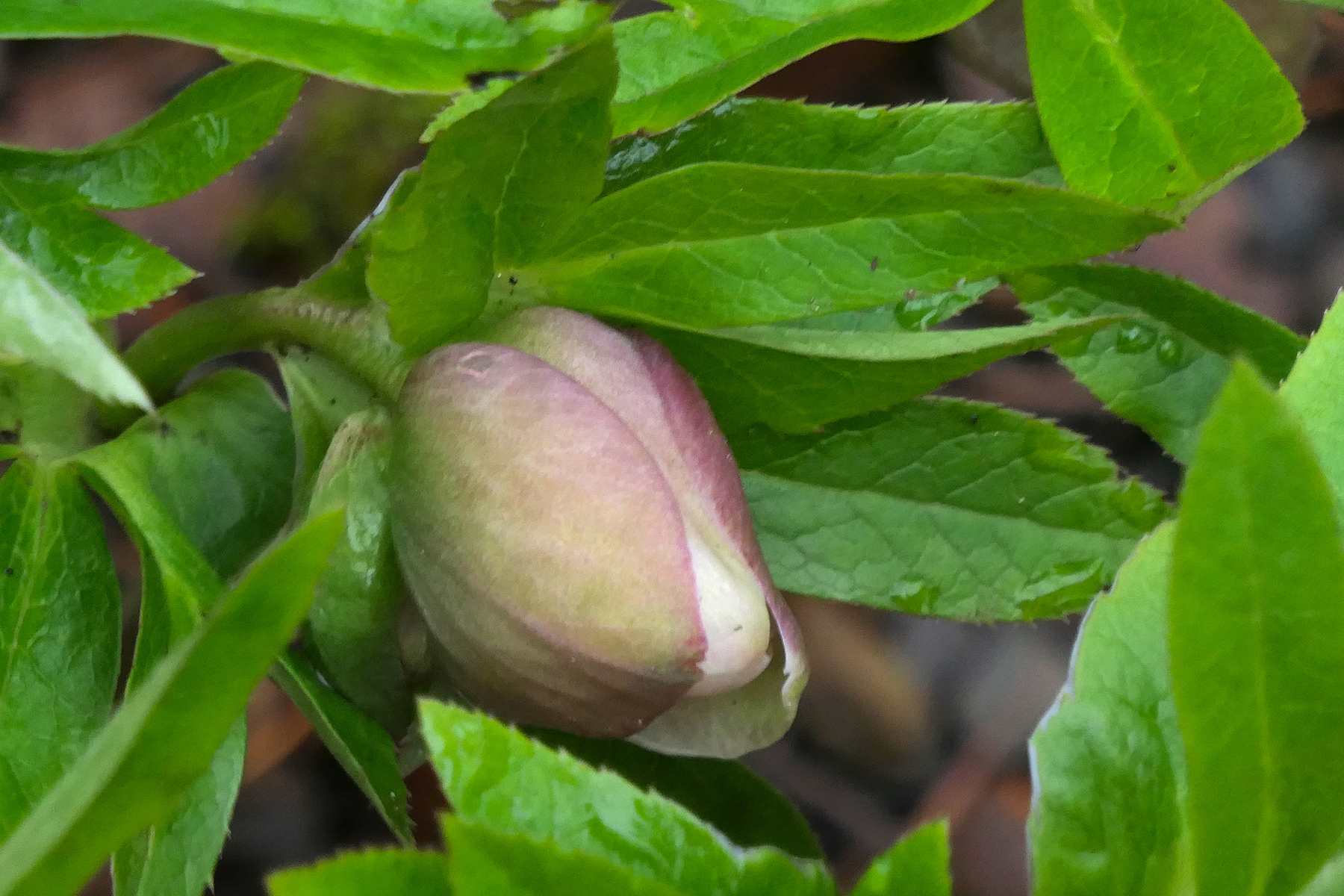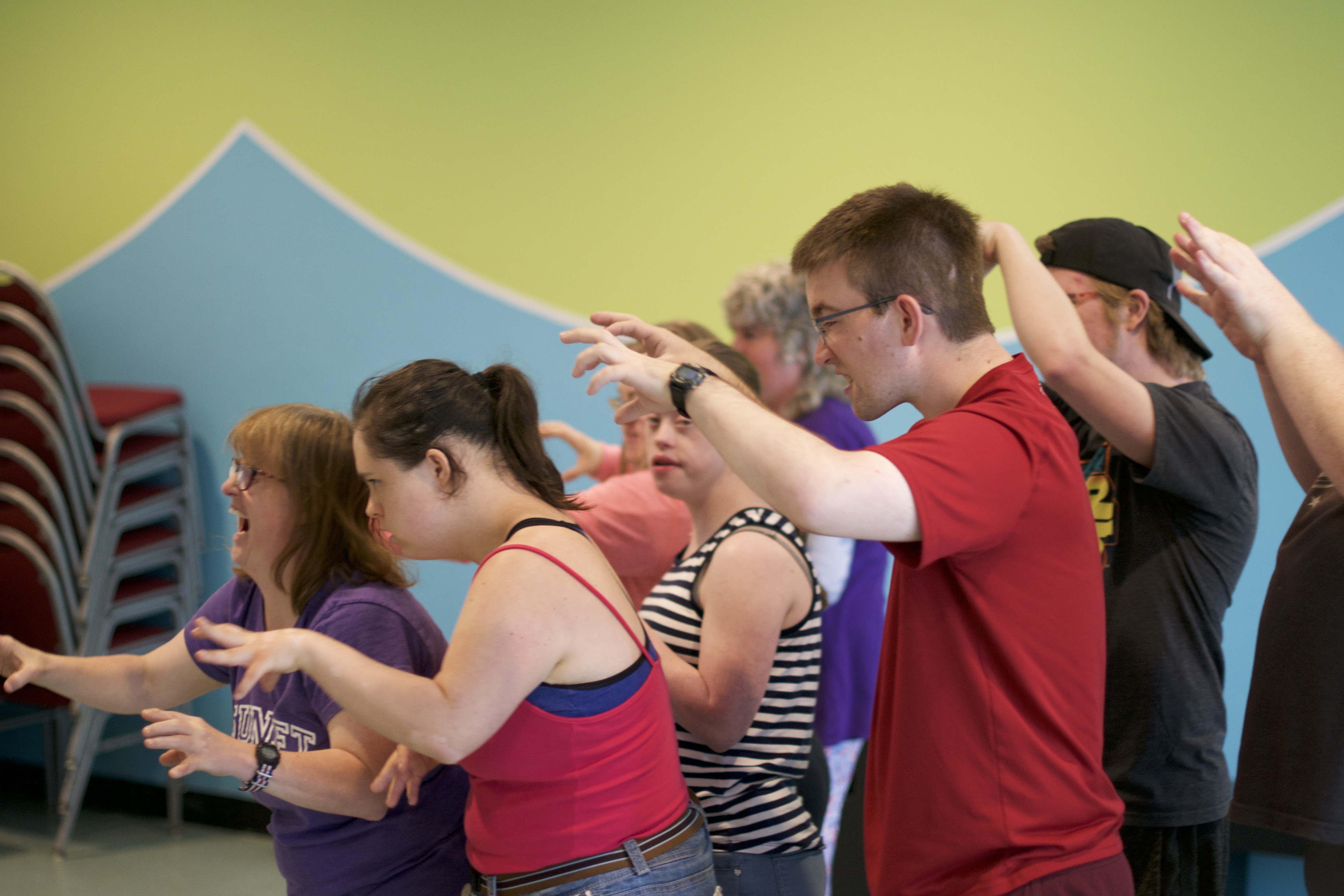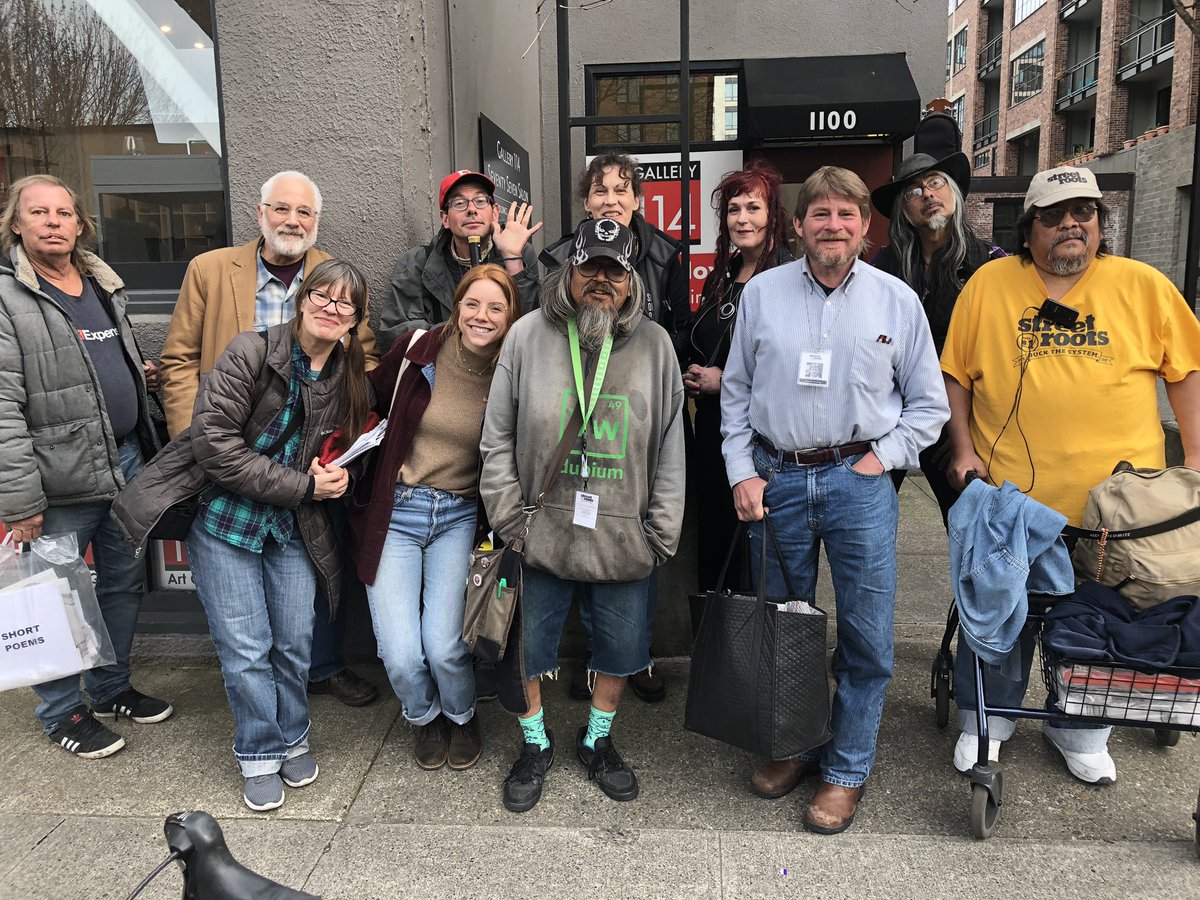Next-door Neighbors is a list-serve that lands in my inbox on a daily basis. Calls for lost cats, yard debris removal, plant identification, smart tips for sales or earthquake preparation, shout-outs to helpful encounters or complaints about car and porch thefts, photos of sunrises or yet another deer in the backyard all outline a microcosm of life going on around us. It is also a coincidental lesson of people’s perceptions, worries about and cursing of the number of houseless people pitching their tents in our area.
The discourse ranges from simple requests for advice what to do, to rants about throwing all these “addicts” into jail since they do not want to work or play by the rules, to well intentioned explanations of the nature of living with paranoid schizophrenia which does not allow you to live in cramped homeless shelters; and, really, everything in-between. Advice to call on help from churches, civic-oriented neighborhood organizations or the police outweigh the comments listing structural, political factors producing houselessness by probably 10:1.

I was thinking about the absurdity that many of those complainants, safely situated in their middle-class homes, are actively pursuing strategies that in turn lead to their neighbors losing their homes, and potentially ending up in a tent on the sidewalk. What am I talking about?
Last week the Portland Mercury and OPB both linked to a city Ombudsman’s Office report on how Portland enforces its lengthy list of property maintenance rules. “The report found the city’s system regularly allows minor eyesores to snowball into financial ruin for homeowners. Those living in gentrifying areas of the city are hit the hardest.” Concretely, poor homeowners in formerly Black neighborhoods in the North of Portland are subjected to the complaints of their new mostly White neighbors.
Some of the mind boggling facts: “One Portland homeowner amassed $30,000 in liens after a neighbor reported peeling paint on the exterior of her home to city regulators. A blind veteran racked up $88,000 in debt due to a complaint about unruly grass and unsightly vehicles outside his home. A senior with a severe brain injury almost had his home foreclosed on after a neighbor reported vehicles in his yard and an unfinished remodeling project.”

A system of property maintenance rules and the ability to complain anonymously has led, according to the statistics, to over 15.000 complaints by neighbors who moved into areas where they now want to see rises in property values. Private complaints then call in the city inspectors with the Bureau of Development Services and these dish out fines which accrue after a 4 week grace period for repairs. Fines, if not paid, will double after three months. If you can’t pay, you loose your home.
Some of the history: Oregon was one of only six states that didn’t ratify the 15th amendment, which formalized Black citizenship and suffrage after the civil War. Our Constitution was adopted in 1857, banning the entrance, property ownership, or residency to any Black person. In the 20th century entire neighborhoods were zoned for explicit racial segregation with government directing disproportionally public funds to White neighborhoods. Blacks were segregated into the Albina neighborhood (now part of the deluge of complaints about maintenance.)


In 1919 the Portland Realty Board “adopted a rule declaring it unethical for an agent to sell property to either Negro or Chinese people in a White neighborhood.” The restrictive covenants were legal and widely practiced. Now the North PDX neighborhoods that were homes to Blacks due to earlier segregation are the very areas where young White professionals can still (barely) afford to buy houses and they want to see a return on their investments. Let’s sick the city on inspectors on our neighbors to uphold our own standards!
Of course, Portland is not the only place where issues of blight associated with those you don’t want in front of your eyes received despicable treatment. In our contemporary fight against accurate history lessons that fact should never come into our sight, either.

Case in point: D Magazine, a monthly publication covering Dallas/Fort Worth Tx, was removed from the shelves of a grocery store last week, because the current cover offended enough complainants. The cover? An aerial photograph of a parking lot that had a history. “That parking lot used to be a neighborhood. Driven in large part by racist antipathy directed at the Black folks who lived in about 300 houses there, the city of Dallas in the late ’60s and early ’70s used eminent domain to buy up the properties, displace the people who lived there, and pave over a swath of South Dallas.” If you look at the cover you can read the historic mindset of many of the citizens of Dallas but 50 years ago. Seems some in Portland, half a century later, fit right into that mold.

Photographs today are what’s left of the tuberoses, floating away to unknown destinations, just like displaced neighbors.


Music could not be more à-pro-pos: Sanctuaries: A Tale of Displacement is an opera inspired by gentrification’s damage to Portland’s Black community. It premiered recently by Third Angle – details here. Darrell Grant wrote the music, libretto by Oregon Poet Laureate Anis Mojgani (I had recently posted his poem found in windows.)“This piece concerns itself with the spiritual dimensions of displacement, fallout from gentrification, getting to the root causes of the evil that seeded predatory capitalism and the commodification of the Black body.”
Darrell Grant’s playlist that offers takes from the opera can be listened to in full on Spotify. Search for The Sanctuaries Mixtapes. Act I – Darrell Grant.






























































































